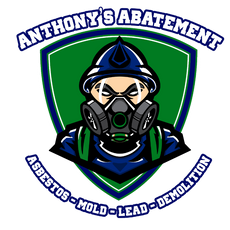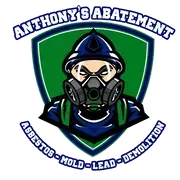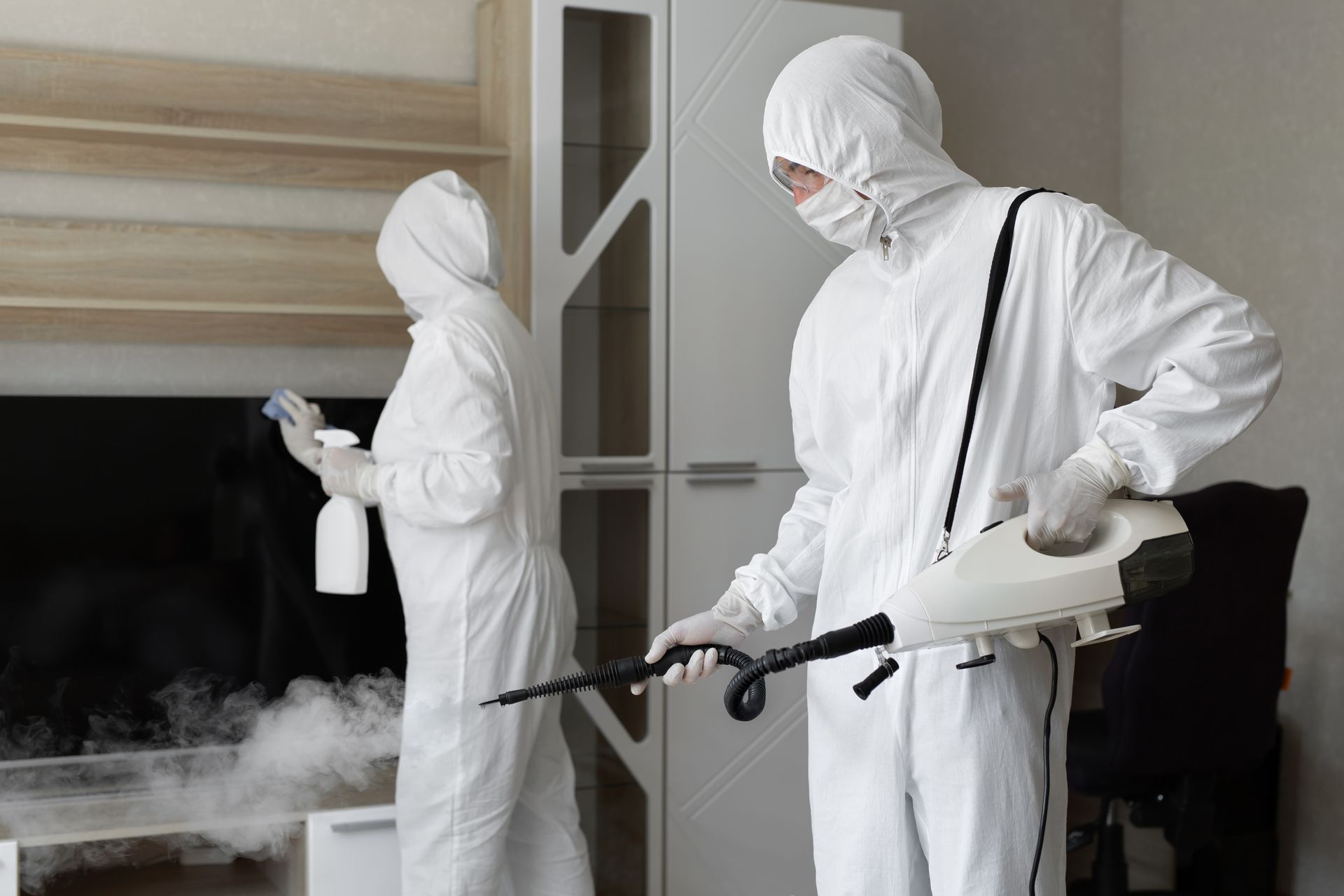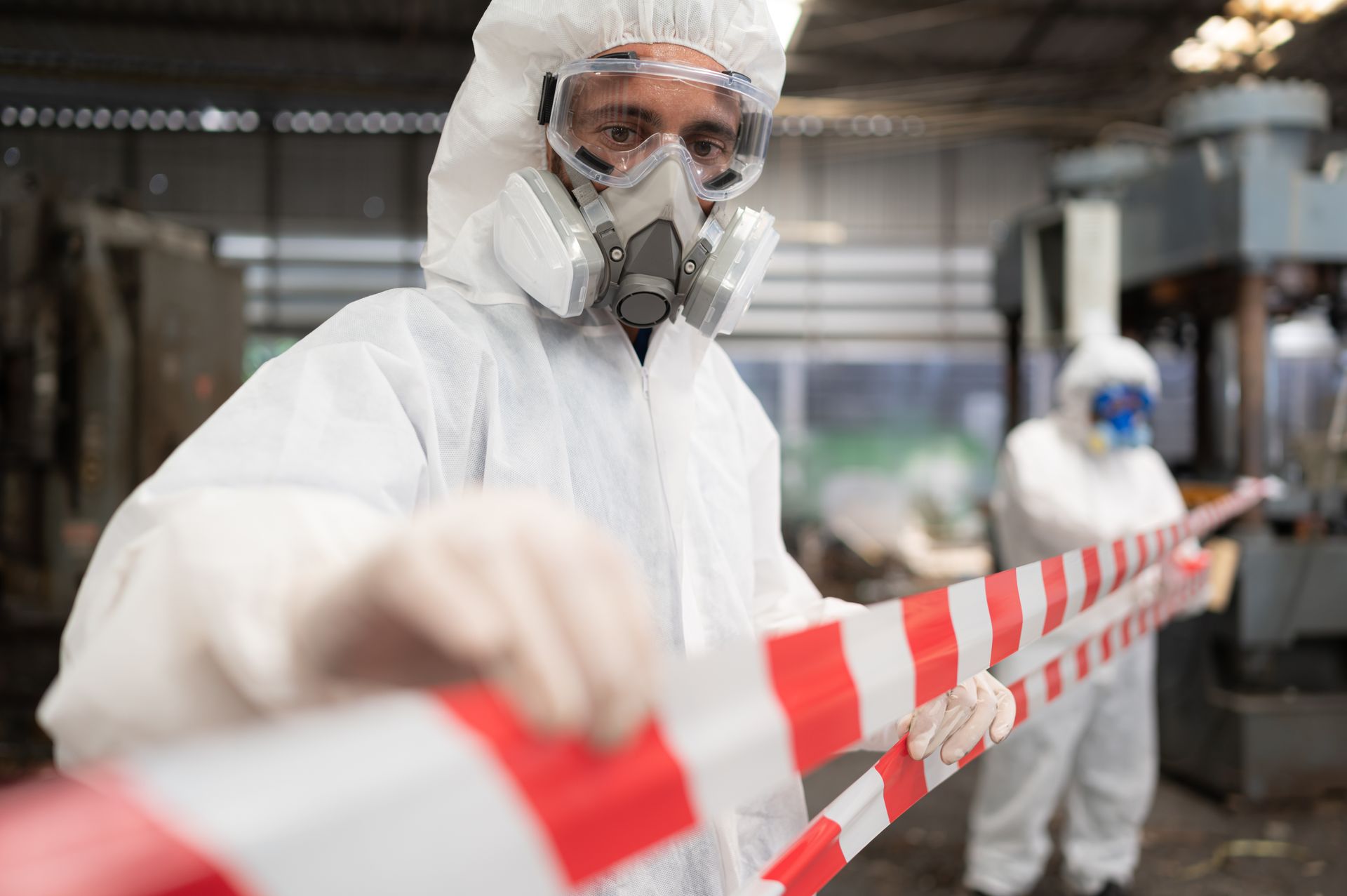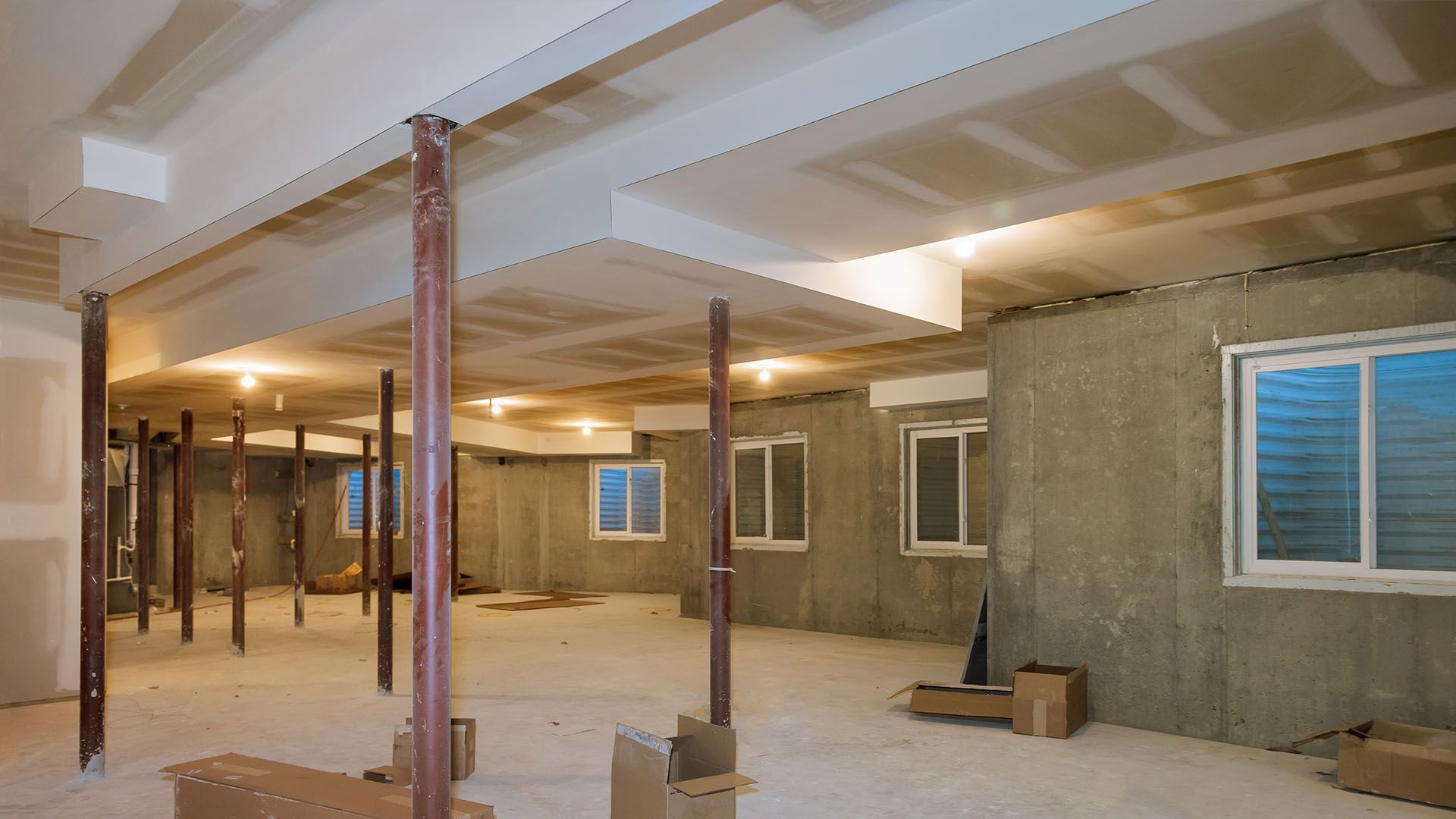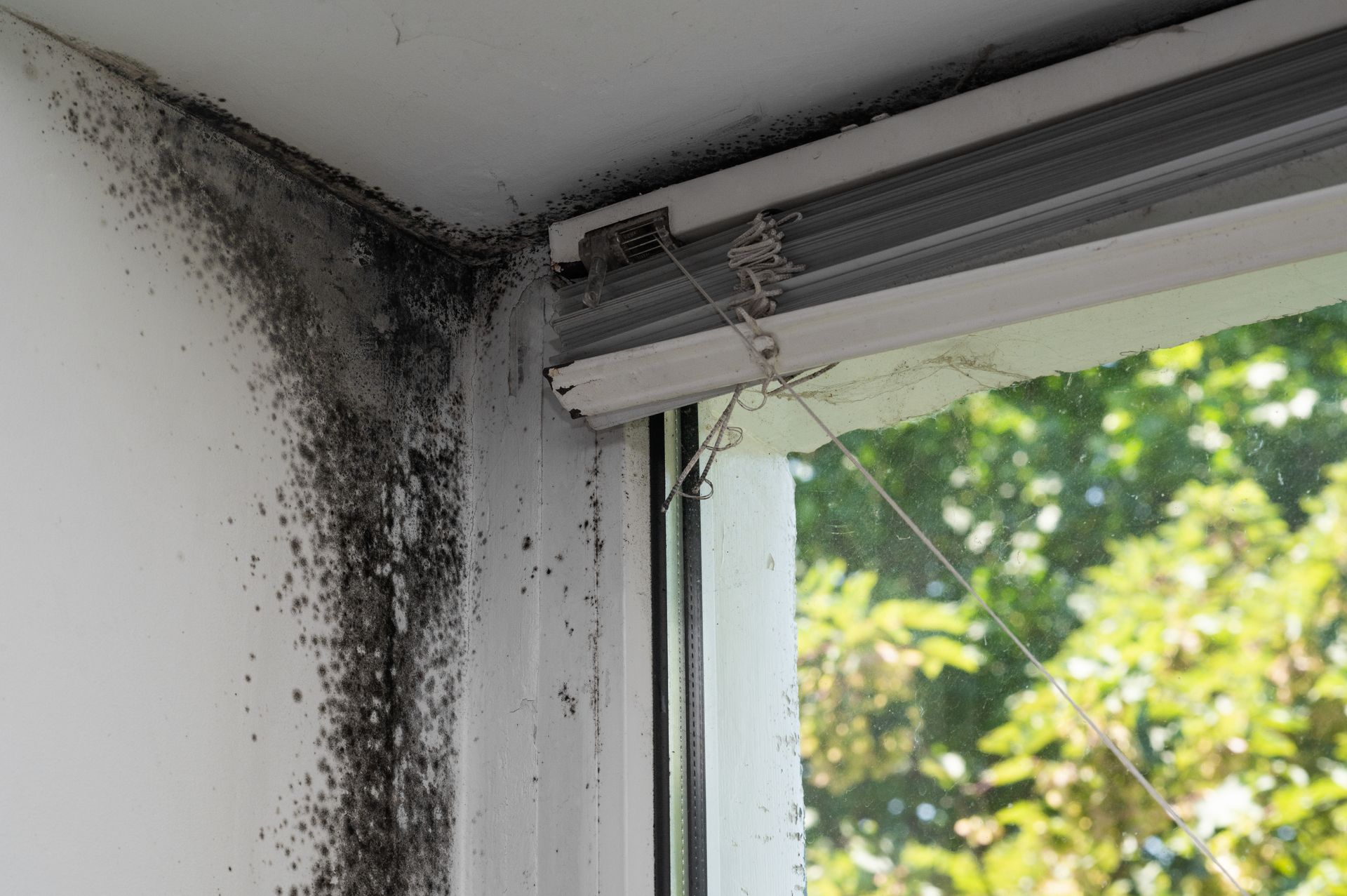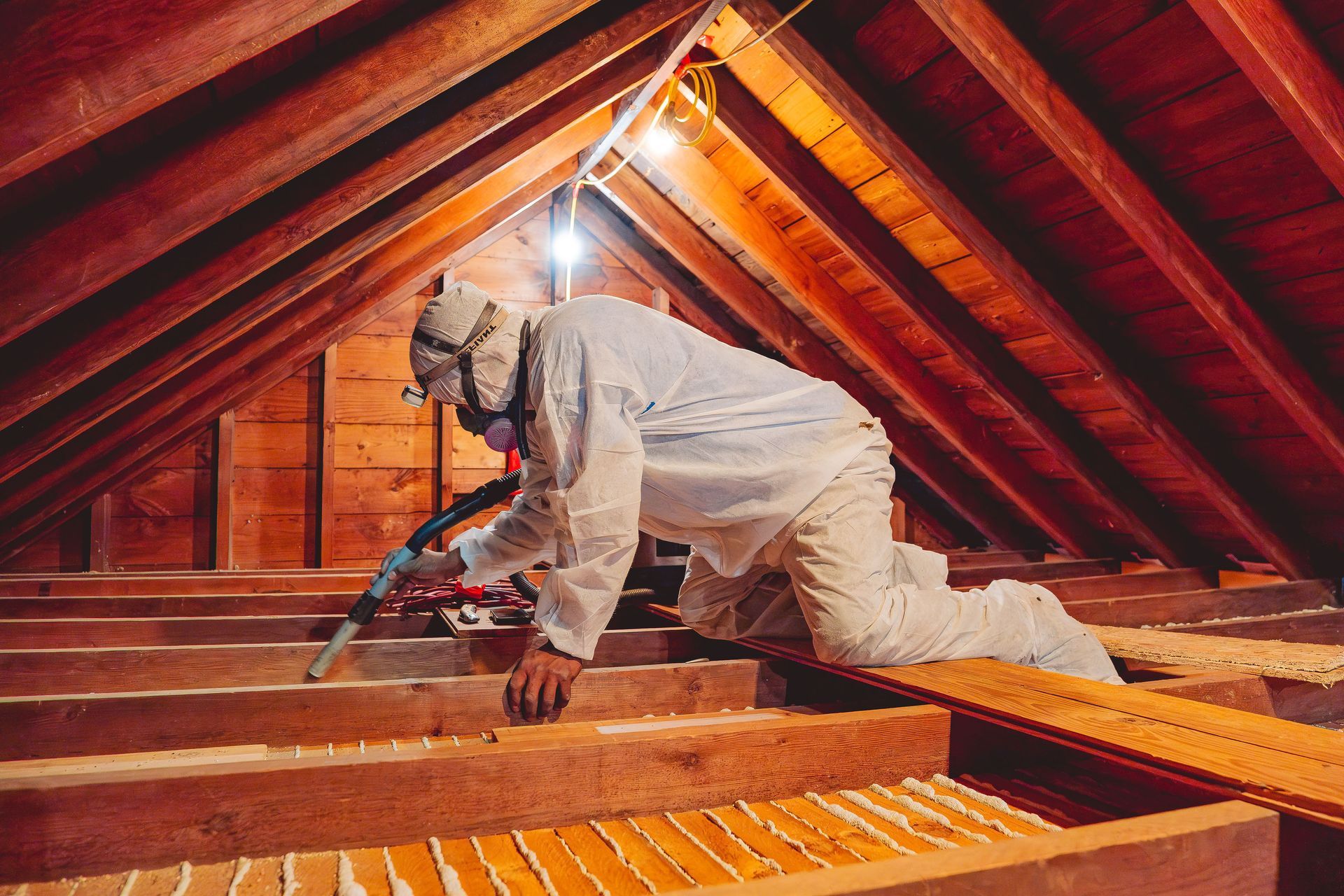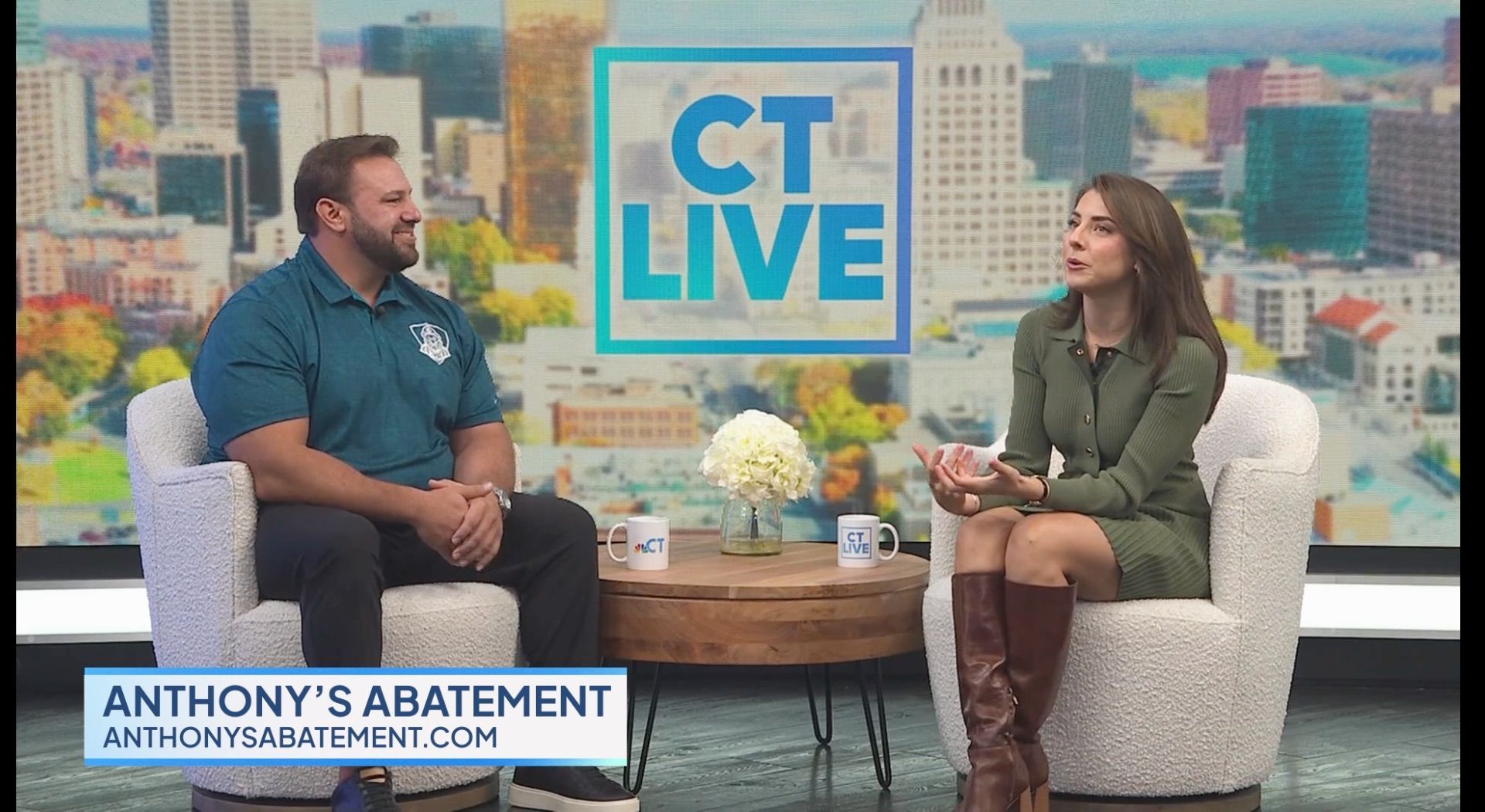Asbestos Siding Disposal: How to Do It Safely and Legally
Don’t sand, cut, or break asbestos siding. Keep pieces wet, remove whole panels if allowed, double-bag or wrap as required, label as regulated asbestos-containing material, and take it only to an approved disposal site. In most places, a permit and a licensed contractor are required for removal and transport. Now let’s break it down.
At Anthony's Abatement, our licensed and insured asbestos abatement team handles asbestos siding disposal every week. Our technicians complete accredited training, follow strict state and EPA rules, and use professional equipment like HEPA vacuums, negative-air machines, and approved asbestos waste bags. We wrote this guide to give clear, simple steps you can trust, so you understand the safest way to handle asbestos siding and when to call a licensed asbestos contractor.
Understanding Asbestos in Siding
Why Asbestos Was Used in Siding Materials
For decades, asbestos fibers were mixed into cement siding to make it strong, fire-resistant, and durable. These "cement shingles" or "transite" panels were common on homes built from the 1920s through the 1980s. The material itself is tough, but when it's damaged, sawn, or drilled, fibers can be released.
Health Risks of Asbestos Exposure
Asbestos fibers are tiny and can lodge in the lungs when inhaled. Long-term exposure has been linked to serious diseases. The risk goes up when siding is made friable that means crumbly or easily crushed by scraping, cutting, or sanding. Keeping material intact and wet lowers fiber release risk.
How to Identify Asbestos-Containing Siding
Many fiber-cement shingles from older homes contain asbestos. Visual clues include rigid, slate-like shingles with a wood-grain or smooth face, nailed at the top, often 12" x 24". The only way to know for sure is asbestos inspection and lab testing. If you suspect asbestos, treat it as asbestos-containing material until confirmed.

Regulations Around Asbestos Disposal
Federal and State Requirements
Asbestos work is regulated. Rules cover asbestos removal, handling, packaging, hazardous waste disposal, and disposal site requirements. Federal standards set a baseline, and state or local laws add stricter steps. Always check your jurisdiction before starting.
Who Is Legally Allowed to Handle Asbestos
Many states require a licensed asbestos contractor for removal and asbestos waste transportation / disposal regulation compliance. Some allow homeowners to remove non-friable siding on their own property under strict conditions. Even then, training, PPE, and proper waste handling are still required.
Permits and Documentation Needed
You may need a notice or permit before removal, plus manifests showing where the waste went. Disposal sites require labeled, sealed packages and may request proof of origin and type (non-friable vs friable). Call ahead to confirm rules and hours.
Preparing for Asbestos Siding Removal
Inspection and Testing
Hire an accredited inspector or have a sample tested by a certified lab to confirm asbestos content and condition. This helps decide if the siding can be removed intact (non-friable) or if special abatement methods are required.
Choosing the Right PPE and Tools
Use disposable coveralls, gloves, eye protection, and a tight-fitting respirator with P100 filters. Have a hand sprayer with water and a small amount of surfactant (dish soap works) to keep materials damp. Use pry bars and hand tools, do not use power saws or sanders.
Setting Up a Controlled Work Area
Post warning signs, restrict access, and cover the ground with 6-mil plastic sheeting extending past the work zone. Close windows and doors nearby. Turn off outdoor fans that could blow dust. Plan a clean path to your staging area for waste packaging.
Safe Removal and Disposal Process
Step-by-Step Overview of the Removal Process
- Wet the siding lightly so it’s damp, not dripping.
- Remove whole panels pry carefully at nail lines to avoid breaking.
- Lower, don’t drop hand panels down to a helper to keep them intact.
- Stack flat on plastic in your staging area.
- Do not scrape paint, drill, grind, or snap shingles, which can make them friable.
Proper Handling and Packaging of Waste
- Keep all debris
wet while working.
- Wrap intact shingles in
6-mil plastic or place in approved
asbestos waste bags.
- Double-bag or double-wrap, seal with duct tape, and
label as regulated asbestos-containing material (RACM) as required.
- Bag disposable PPE, wipes, and plastic sheeting too.
- Clean tools with wet wipes, no dry sweeping or leaf blowers.
Transportation to Approved Disposal Sites
Only take asbestos waste to a landfill or transfer station allowed to accept it. Follow local state asbestos laws for hauling some areas require a licensed transporter or special manifest forms. Secure packages upright, prevent tearing, and deliver directly, no curbside pickup.
Why You Should Hire a Licensed Asbestos Contractor
Benefits of Professional Abatement Services
Pros control dust, manage permits, and handle asbestos handling and paperwork end-to-end. They use asbestos safety procedures, negative-pressure setups, and HEPA filtration to minimize risk. You get documentation for future buyers and insurance.
Cost vs. Risk of DIY Disposal
DIY can look cheaper, but costs add up: lab tests, PPE, tools, plastic, multiple dump fees, and your time. Mistakes, like breaking panels or using the wrong bags can trigger fines, extra cleanup, or health risks. A licensed asbestos contractor reduces those risks.
How to Choose a Certified Contractor
Look for current license and insurance, recent project references, clear scope, and a written plan covering containment, removal, packaging, proper disposal methods, and final cleaning. Ask how they keep siding non-friable and how they verify clearance.
Final Cleanup and Post-Removal Considerations
Decontaminating Tools and Clothing
Wipe tools with damp rags and bag the rags as asbestos waste. Never wash contaminated clothing with regular laundry, use disposable coveralls and bag them after use.
Air Monitoring and Clearance
After work, a professional may do air checks or visual clearance to confirm the area is clean. This is smart protection for your family and helpful documentation for future home sales.
Long-Term Property Safety
If you still have asbestos siding on other sections, keep it painted and intact. Avoid drilling or sanding. For future remodels, plan ahead so any work follows asbestos remediation best practices.
Ready to Cleanup Asbestos with Professionals?
Need help with asbestos siding disposal or have questions about rules in your area?
Talk to Anthony's Abatement. Our licensed team can inspect, create a clear plan, and handle removal, packaging, and delivery to an approved site safely, legally, and with minimal disruption.
